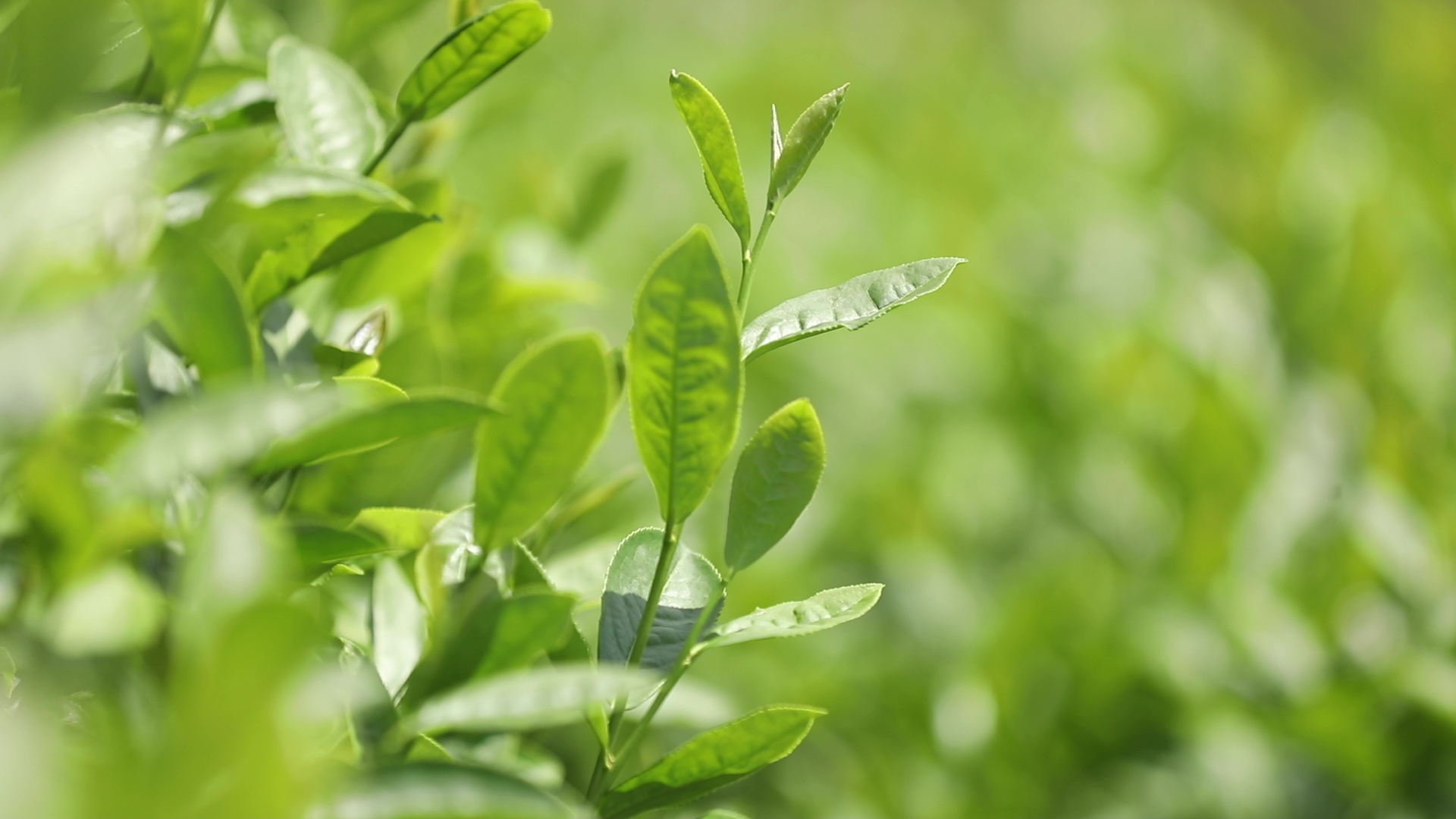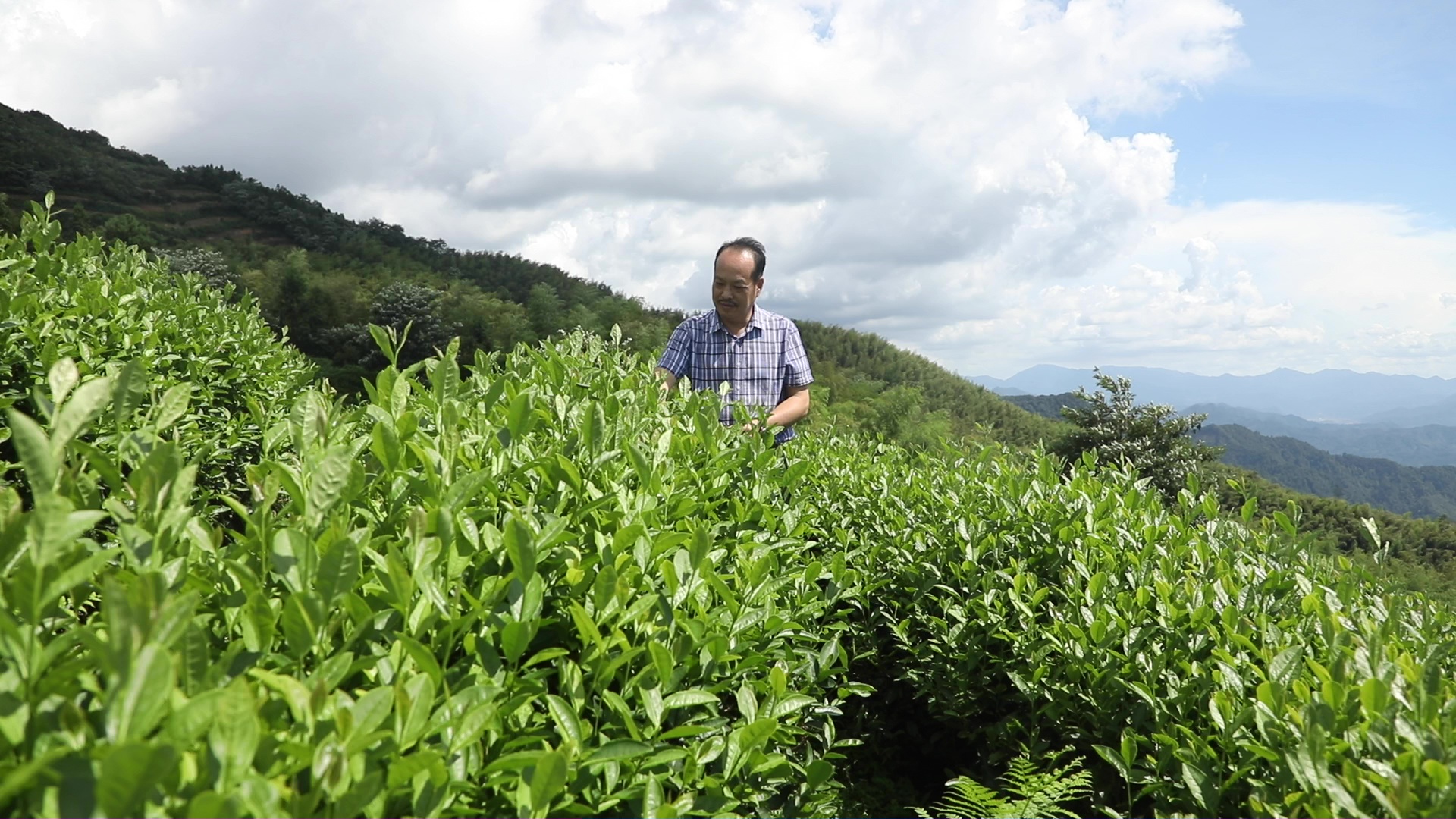
Situated over 800 meters high in the mountains of eastern China, tea plantations are braving the consequences of the coronavirus pandemic. For hundreds of years, generations of villagers here have grown tea leaves. They pick them in the early spring and ship them before midsummer – the toil would be a primary source of income to sustain a modest lifestyle for the rest of the year.
But this way of living is now hanging by a thread because tea – a usually staid and stable product – has unexpectedly become one of the many casualties of COVID-19. Despite increasing demand for this herbal beverage known for its role in improving people's immunity over the past months, the coronavirus lockdown and border restrictions have posed logistical challenges and disrupted the global supply chain.
"It's the most dire scenario I've seen in decades," said a tea grower from Huangshan City in southern Anhui Province – the paradise for tea lovers. One of China's top-quality green teas is called Taiping Houkui, also known as "monkey chief," that could only grow at the foot of Huangshan Mountain. The large-leaf tea with an orchid aroma is a rare ilk of tea because it requires a warm, humid climate, moderate rainfall and well-drained soil.
Since tea plantations are worked by small families, any supply-demand imbalance will make life harder for local growers. "Here it's more of a family business," said Ye Mancang, frowning as he looked at the vast tea lands. Ye manages part of a mainland-Taiwan joint venture focusing on eco-agriculture, which incorporates tea growing, manufacturing, marketing and export.

A screenshot shows Ye Mancang standing in the midst of a tea plantation, in Huangshan City, east China's Anhui Province, August 2020. /CGTN
A screenshot shows Ye Mancang standing in the midst of a tea plantation, in Huangshan City, east China's Anhui Province, August 2020. /CGTN
"We've lost more than 20 million yuan (2.9 million U.S. dollars) in the past few months. The coronavirus lockdown worldwide has driven our tea exports to zero, and then most of our tea products were flooded as torrential rains deluged the province in the heat of summer," Ye told us during our recent trip to Huangshan. During the same period in 2019, his company exported over 500 kilograms of Taiping Houkui as well as 30,000 kilograms of black tea to Japan and the U.S. through Taiwan.
China is the world's largest tea producer and has the greatest land area dedicated to growing tea. Last year, it produced approximately 2.5 million metric tons of tea and exported 367,000 metric tons, according to China Customs statistics. The U.S. has been among the top five importers of Chinese tea over the past couple of years. Things have started changing since 2019 when tariff hikes imposed by the White House in Chinese products led to lower sales. Ushering in 2020, delayed shipments and stifled supplies further affected both China's tea industry and overseas importers.
"Back in May, a U.S. company planned to buy some of our Taiping Houkui but had no way to ship them. It's feeling the pinch too," lamented Ye, also an expert tea taster. Ye's Taiwan partners were anxious about the restrictions still in place with waves of COVID-19 cases appearing.
Since the founding of the joint venture in 2012, the company has never experienced such a crisis. Unlike in India and Sri Lanka where restrictions on movement trimmed tea output, farmers here in the tranquil village struggled to collect the first flush tea crop in the conventional leaf-picking season, keeping the annual yield equivalent to that of the previous year. Nonetheless, ensuing border closures in response to the unfolding pandemic created unprecedented problems for them.
In the first quarter of 2020, tea exports plunged by 9.7 percent year on year, and the export value of Chinese tea shipment to the U.S. declined by 1.3 percent as the price surged some one tenth amid rising global demand for the world's second most popular drink in coronavirus lockdown. The figure for second-quarter exports could only be worse given the long-drawn battle against COVID-19 in a slew of major tea importers.

Tea plantations inundated in floods, in Huangshan City, east China's Anhui Province, July 2020. /Courtesy of Ye Mancang
Tea plantations inundated in floods, in Huangshan City, east China's Anhui Province, July 2020. /Courtesy of Ye Mancang
The pain for Ye is more revealing. His company already paid the village 120,000 yuan as part of a yearly fund to drive local economic development in addition to compensating lost revenues of local tea growers. "We help increase per capita income by a large margin by providing local farmers with seedlings, purchasing their farm products, and creating jobs for around 40 villagers," Ye said.
In and around the small, scenic village, over 100 households enjoy a spike in their income, largely from tea export earnings estimated at 280,000 yuan annually.
Plus, Ye would offer an additional 7,000 yuan to four families still living under the national poverty line every year.
"This year we've paid the expenses in advance. Now we're in the red."
However, misfortunes never come alone. In July, Huangshan was hit by the most severe flooding in decades, adding to the coronavirus woes. "The flooding and subsequent mountain torrents inundated most of our packaged tea products as well as dozens of tea leaf processing machines," said Ye, looking at the machines sitting idle in factory. "But engineers can't come to repair the damaged parts right now." Replacing the drowned generators only will cost up to 600,000 yuan.
Ye and his Taiwan partners are eagerly looking for ways to compensate their business loss. "We are currently seeking cooperation with a top-notch travel agency that aims to build a tea culture base here to attract tourists," Ye said, hoping that a deal will help them expand the market at home and abroad and further boost the income of local tea growers. "Everything has a silver lining."
(Wang Zeyu and Cheng Biao also contributed to reporting.)